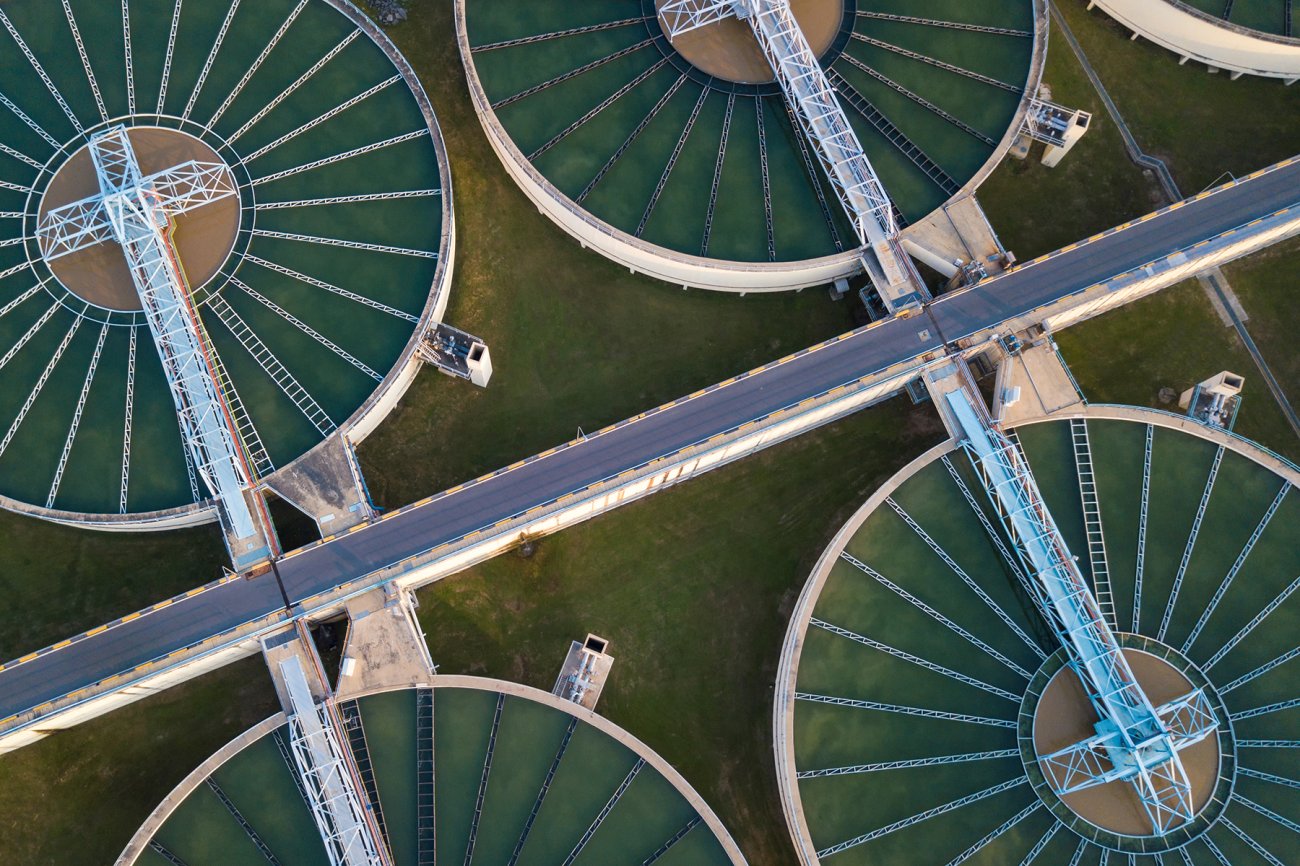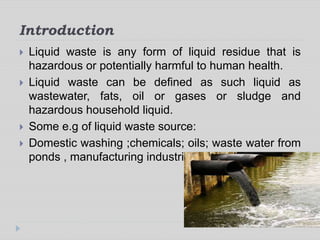8 Easy Facts About Reclaim Waste Explained
8 Easy Facts About Reclaim Waste Explained
Blog Article
Fascination About Reclaim Waste
Table of ContentsRumored Buzz on Reclaim WasteReclaim Waste - TruthsIndicators on Reclaim Waste You Should KnowRumored Buzz on Reclaim WasteGetting My Reclaim Waste To Work
Domestic sewage waste refers to the waste and items from a domestic septic container. The appropriate administration and disposal of residential sewage waste call for liquid waste to be moved to a sewer treatment plant where the proper techniques and tools are applied to detoxify and dispose of waste.
Industrial waste frequently consists of possible hazards, such as combustible products or a mix of fluid and strong waste products, and needs an extra sophisticated and detailed disposal process. The disposal of industrial waste usually entails the filtration of waste before transport to ensure safe and appropriate disposal. Hazardous waste is created from by-products and drainage of commercial processes and production.
This kind of waste can not use the exact same sewage administration transport or procedures as septic or industrial fluids. The industrial waste monitoring procedure requires the examination and screening of liquid waste before it undertakes the disposal process (liquid waste removal). Drainage waste is the liquid waste that originates from overflow and excess stormwater in extremely inhabited locations or cities
Overflow waste can trigger contamination and flooding otherwise dealt with properly. Discover more concerning drain cleansing and waste monitoring. Ensuring proper waste management can avoid catastrophes and decrease environmental injury. Both individuals in household setups and experts in commercial or manufacturing markets can take advantage of recognizing the processes and guidelines of liquid waste administration.
Facts About Reclaim Waste Revealed
Contact PROS Solutions today to find out regarding our waste management and disposal services and the proper means to care for the fluid waste you create.
(https://www.twitch.tv/reclaimwaste1/about)Do you recognize what takes place to your water when you end, flush the commode or drain pipes the washing machine? No? Well, it deserves understanding. This so-called 'wastewater' is not just an important resource yet, after treatment, will certainly be launched to our land, waterways or the sea. Used water from toilets, showers, bathrooms, kitchen sinks, washings and industrial procedures is called wastewater.

water made use of to cool down equipment or clean plant and tools). Stormwater, a kind of wastewater, is overflow that moves from agricultural and city areas such as roofs, parks, yards, roads, courses and gutters right into stormwater drains, after rainfall. Stormwater flows unattended straight to local creeks or rivers, eventually reaching the sea.
How Reclaim Waste can Save You Time, Stress, and Money.
In Queensland, a lot of wastewater is dealt with at sewer therapy plants. Wastewater is transported from domestic or industrial websites via a system of sewage systems and pump terminals, recognized as sewage reticulation, to a sewage therapy plant.
The Division of Natural Resources encourages city governments concerning managing, operating and maintaining sewerage systems and treatment plants. In unsewered areas, city governments may require householders to install individual or house sewer treatment systems to treat domestic wastewater from commodes, cooking areas, bathrooms and washings. The Division of Natural Resources authorises the use of household systems when they are confirmed to be efficient.
In some brand-new neighborhoods, treatment of some stormwater to get rid of trash, sand and crushed rock has actually begun making use of gross pollutant catches. Wastewater treatment takes place in four phases: Gets rid of strong issue.
Wastewater after that flows right into large containers where solids clear up and are gotten rid of as sludge. Grease and scum are skimmed from the surface area. Uses small living microorganisms called micro-organisms to damage down and remove continuing to be dissolved wastes and great particles. Micro-organisms and wastes are incorporated in the sludge. Eliminates nitrogen and phosphorus nutrients that could create algal blossoms in our waterways and endanger marine life.
Getting The Reclaim Waste To Work
Nutrient removal is not offered at all sewage treatment plants because it requires expensive specialised devices. Clear fluid effluent created after treatment might still include disease-causing micro-organisms - liquid waste disposal.

Most wastewater flows right into the sewerage system. Under the Act, neighborhood federal governments provide authorizations and licences for eco pertinent activities (Periods) involving wastewater releases that might have a regional effect.
Rumored Buzz on Reclaim Waste
Monitoring offers factual information concerning water top quality and can validate that permit problems are being satisfied. The information gotten with monitoring supplies the basis for making water quality choices.
Report this page